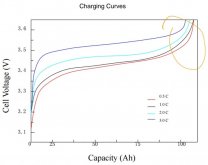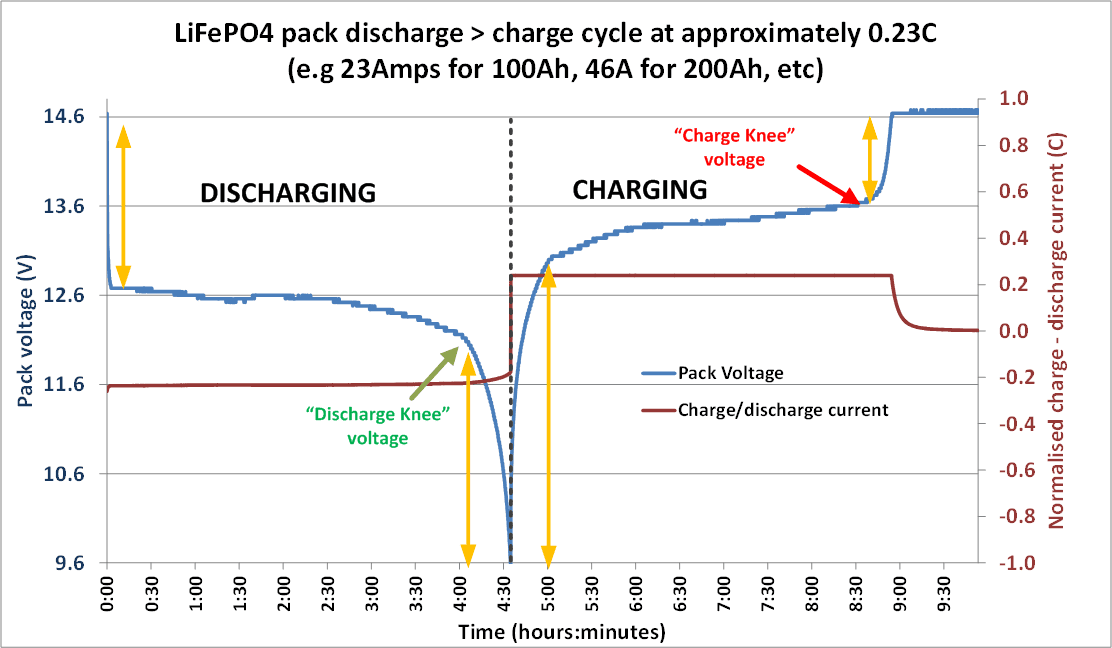My 2 cents,
Going without a BMS is nothing new, and if done correctly, you won't have a problem.. until you have a problem.. A BMS is primarily a safety device. Like many safety devices, you don't need it unless and until you do. Like not wearing a seat belt or not having a smoke alarm no harm will immediately come from it, but the risk and consequences of a failure or error are greater.
The primary utility and purpose of a BMS in my eyes is automated cell level protection. It protects (to some extent) against human error, misconfiguration, or equipment failure elsewhere in your system. Balancing is nice, but not its primary purpose.
Setting automated control, safety aside and layered protection aside, your friends pack may actually be better off than most of us, because he is essentially top balancing and resetting his pack once every 180 days, something that most of us will do only once. If his cells are fairly well matched, and/or if he stays out of the knees, he will probably be fine until something goes wrong. However, as has been noted by many here, the 280Ah cells (probably virtually all grey market cells-- but its more pronounced with larger capacities), are not tightly matched, which increases the need for maintenance balancing, as well as the probablility of needing the protection a BMS provides.
One other note, from a practical standpoint (again ignoring all safety and protection considerations), I would not trade the cost savings of foregoing a BMS for the added hassle and inconvenience of a 4 day (as your friend does) or even a 1 day balancing process every 6 months. Even though I think that this may be a good practice with or without a BMS, its a lot of work, and also presents new opportunities for user error.
So no, I dont think he 'lucky' he is just taking on more risk and responsibility and workload, and foregoing automated protections of a BMS for a much more hands on approach. Its a viable approach for someone that is experienced, attentive, and risk tolerant, but my opinion is its definitely not reccomended for beginners or the absentminded, and its not really worth it for most of us regardless of our level of expertise.








